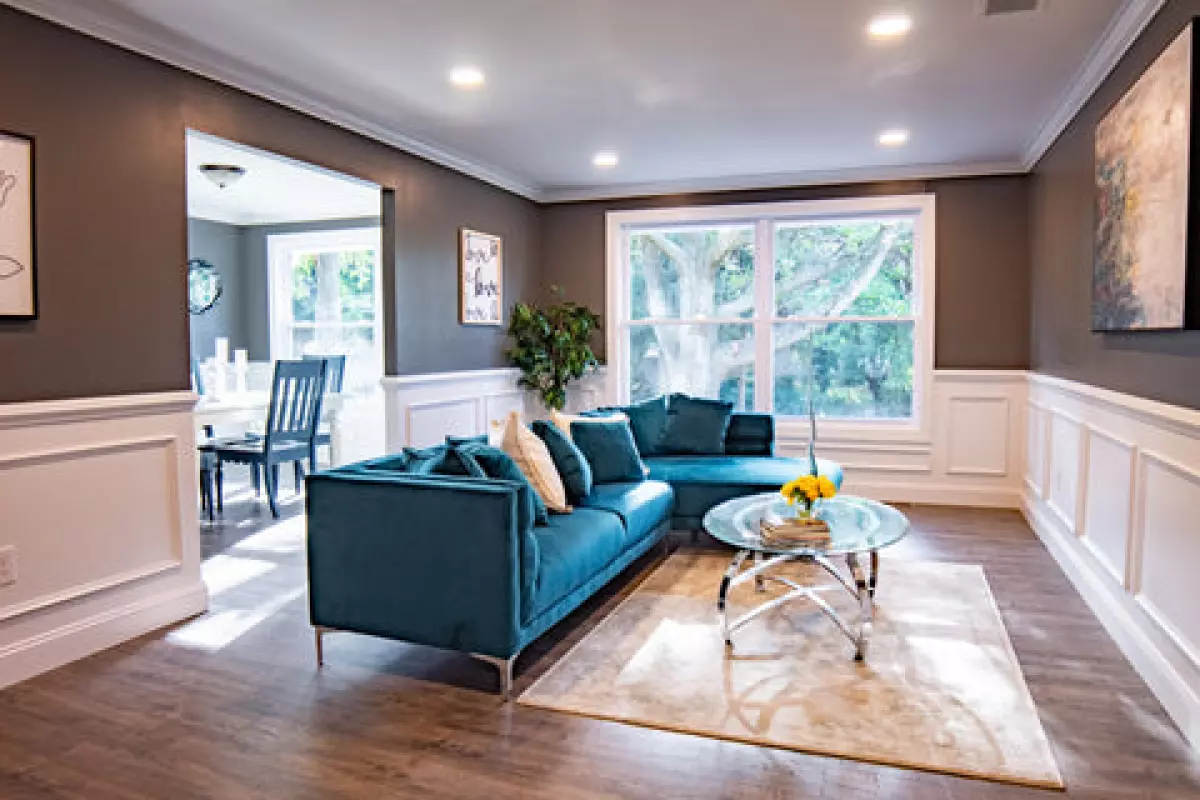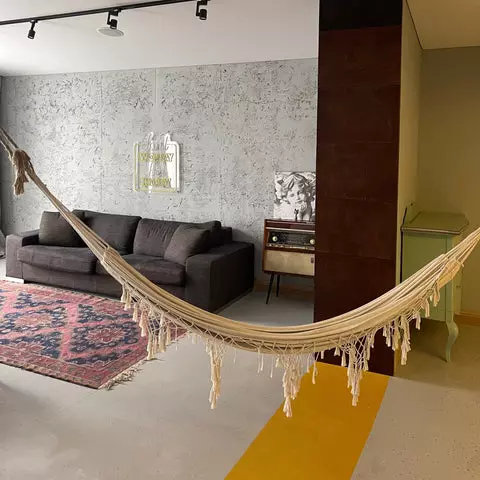 Mid-century and Mid-century Modern Design
Mid-century and Mid-century Modern Design
When it comes to creating the perfect ambiance in your home, furniture plays a crucial role. Traditional furniture focused on practicality and grandeur, but with the rise of minimalist trends in the 1940s, specific design styles emerged, each era with its unique characteristics. One such style is mid-century design, which paved the way for mid-century modern design. But what exactly changed during this evolution? How did the world wars shape people's perception of interior aesthetics?
What Is Mid-century Design?
Mid-century design, often used interchangeably with mid-century modern design, emerged in the 1930s as a precursor to the latter. However, there are subtle differences between the two. By the 1910s, furniture innovation started gaining momentum against the backdrop of World War I. This era saw rapid industrialization and an increase in wealth worldwide. By the 1920s, people were more comfortable spending their hard-earned money.
Characterized by clean lines, seamless curves, and understated elegance, mid-century design exudes simplicity and functionality. The choice of materials and neutral colors elevate any room it graces. During this era, designers explored new technologies and natural materials like exotic woods, gradually shifting mid-century decor towards a more luxurious realm. Contemporary designers incorporated intricate shapes and exotic woods, setting the stage for a design revolution to follow.
What Defines Mid-century Modern Design?
Mid-century modern design emerged as a direct response to the monotony of royal furniture and traditional styles. The advent of World War II in the 1940s inspired designers to explore beyond wooden chairs. Post-war, as people settled down and real estate boomed, the use of manufactured materials over wood became prominent. The Eames company, led by Charles and Ray Eames, introduced revolutionary designs that shaped the future of mid-century modern furniture.
 Eames Chair, an iconic mid-century modern design
Eames Chair, an iconic mid-century modern design
The Eames's progressive furniture design, combined with advancements in technology, allowed for mass production. Chairs like the iconic Eames Chair and the egg chair by Arne Jacobsen showcased innovative use of organic shapes, breaking away from traditional rectangular designs. These designs became the epitome of the modern chair, capturing the imagination and becoming symbols of the era.
Evolution of Furniture Across Eras
Mid-century styles epitomized opulence for all, while mid-century modern styles embraced the principle of "making the best, for the most, for the least." With the rise of mass manufacturing systems, sleek lines and geometric shapes flooded the market. Designers like George Nelson introduced innovative designs for all types of furniture, revolutionizing the industry.
Colors of Mid-century Modern Decor vs. Mid-century Decor
The influence of mid-century furniture can still be felt in contemporary designs, with a focus on embracing classic pops of color. Mid-century modern furniture took a step further by incorporating bold colors and sleek lines, setting it apart from mid-century decor. The color palette ranged from playful and accent colors to create something new, identifiable, and affordable. Contrasting a contemporary style decor against mid-century modern furniture allows you to appreciate the differences, with bright greens often becoming the room's focal point.
Shapes of Mid-century Modern vs. Mid-century Pieces
The structure and shapes of mid-century modern pieces departed from vintage styles to prioritize comfort while incorporating vibrant colors. The integration of functional structures allowed for the addition of new colors. The use of olive green and soft greens gained popularity as chairs became more widespread. Towards the end of the 20th century, there was a resurgence of contemporary reproductions of vintage mid-century designs. Original designs became an extension of prior art, continuously evolving with advanced materials and unique concepts.
Tips for Decorating a Mid-century Modern Room
Now that you understand the essence of mid-century modern design, here are some tips to bring this style to life in your room:
1. Build the furniture around statement pieces
Choose one or two standout pieces and design the rest of the room around them. Look for compatibility and complementary elements to create a cohesive look.
2. Play with colors through art pieces
Retro colors are always in style, so experiment with different color schemes. Identify the focal point of the room and use colors strategically to enhance its impact.
3. Create a simple and organic look
Consider the overall aesthetics of your room, including windows, lighting sources, and wall colors. Harmonize these elements with your furniture to achieve an organic and cohesive look.
Personal Touch with Warm Rugs from KudenRugs!
Take your mid-century modern room to the next level with a beautifully crafted rug from KudenRugs. Designed to complement your style and color palette, these rugs add a touch of warmth and personality to your space. Visit KudenRugs today and find the perfect rug to complete your mid-century modern interior.

















